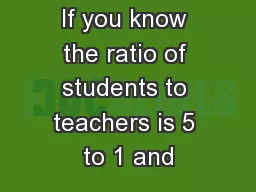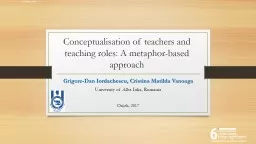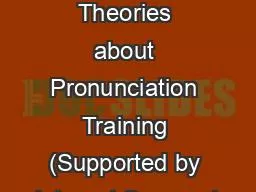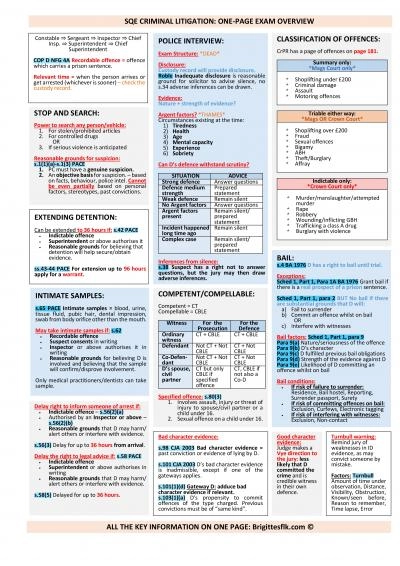PPT-Notes for Teachers
Author : pamella-moone | Published Date : 2016-03-21
This activity is based upon NonTransitive Dice and is an excellent exploration into some seemingly complex probability The three dice version has been around for
Presentation Embed Code
Download Presentation
Download Presentation The PPT/PDF document "Notes for Teachers" is the property of its rightful owner. Permission is granted to download and print the materials on this website for personal, non-commercial use only, and to display it on your personal computer provided you do not modify the materials and that you retain all copyright notices contained in the materials. By downloading content from our website, you accept the terms of this agreement.
Notes for Teachers: Transcript
Download Rules Of Document
"Notes for Teachers"The content belongs to its owner. You may download and print it for personal use, without modification, and keep all copyright notices. By downloading, you agree to these terms.
Related Documents














